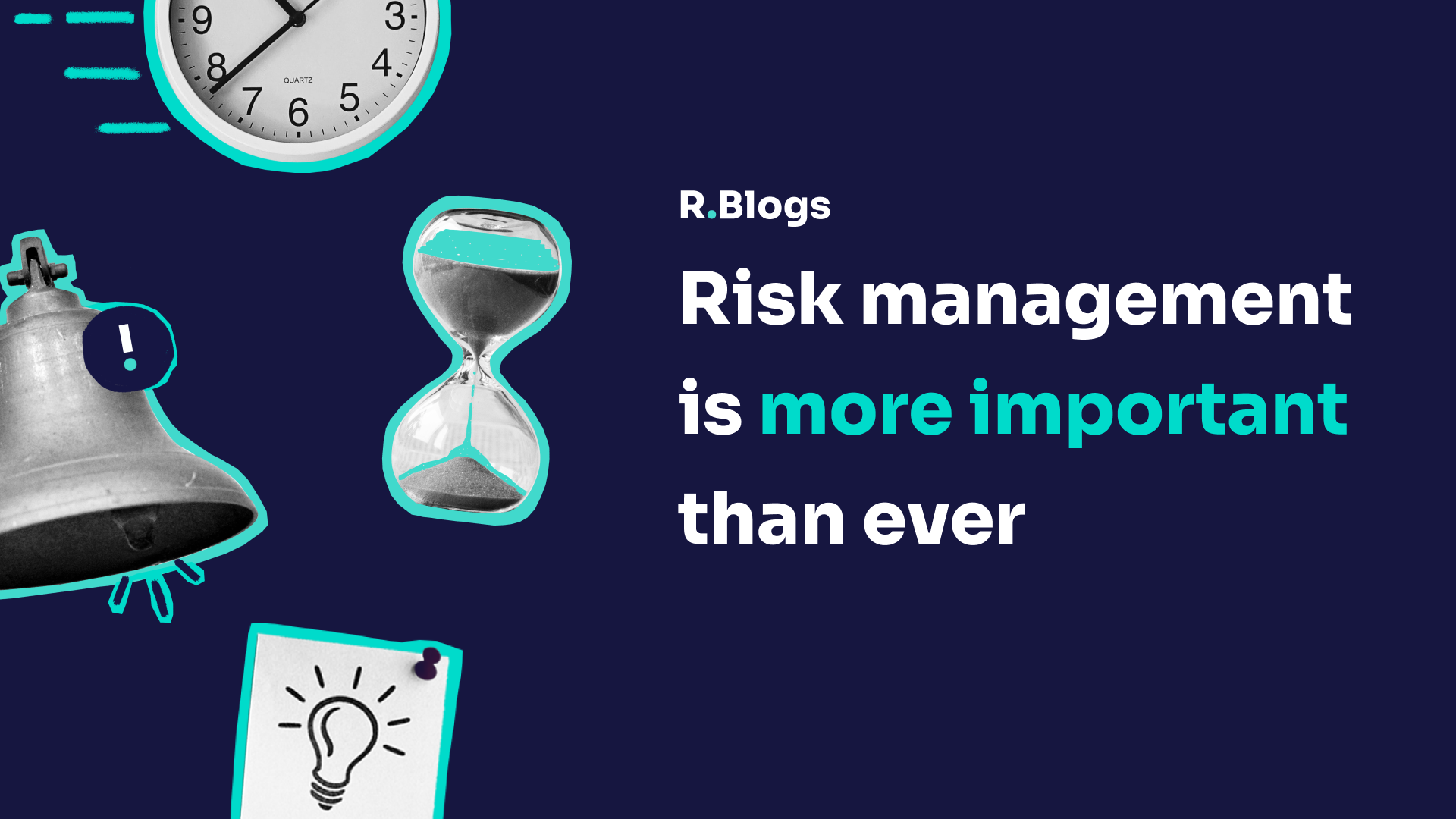A Detailed Guide to Understanding the Importance of Risk Management
A Detailed Guide to Understanding the Importance of Risk Management
Blog Article
Exploring the Relevance of Risk Management for Effective Decision-Making Strategies
In the elaborate world of business, Risk Management becomes a critical consider the decision-making procedure. The capability to recognize potential dangers and opportunities, and plan accordingly, can mean the distinction between success and failing. With tools such as SWOT and PESTEL, companies are furnished to make educated choices, promoting strength and adaptability in an ever-changing setting. Wondering how this functions? Allow's unload the characteristics even more.
Recognizing the Idea of Risk Management
Risk Management, a critical part in decision-making, is typically misunderstood or oversimplified. Risk Management involves regimented and organized techniques, using data and informative analyses. From economic uncertainties, lawful obligations, critical Management mistakes, to accidents and all-natural disasters, it attends to various dangers - importance of risk management.
The Role of Risk Management in Decision-Making Processes
In the realm of strategic preparation and business procedures, Risk Management plays an important role in decision-making procedures. It aids in identifying possible hazards and unpredictabilities that could affect the accomplishment of organization purposes. By mapping these threats, firms can develop techniques to mitigate their impact, making sure business continuity and stability. Risk Management hence comes to be a crucial device in decision-making, assisting leaders to make informed choices based upon a detailed understanding of the risks entailed. It encourages an aggressive technique, enabling organizations to prepare and prepare for for feasible future situations. This substantially reduces the probability of adverse repercussions, promoting much more efficient and effective decision-making approaches. Risk Management offers as an essential part in the decision-making procedures of any organization.

Exactly How Risk Management Boosts Strategic Planning
In the context of strategic planning, Risk Management plays a critical role. Starting with the identification of potential dangers, it additionally encompasses the execution of Risk reduction actions. The function of Risk Management is dynamic yet not fixed, as it demands consistent tracking and adjusting of methods.
Identifying Possible Dangers

Executing Risk Reduction
Risk mitigation methods can vary from Risk avoidance, Risk transfer, to risk reduction. Each technique ought to be tailored to the details Risk, considering its prospective effect and the company's Risk resistance. Efficient Risk reduction requires a deep understanding of the Risk landscape and the prospective impact of each Risk.
Surveillance and Changing Strategies
Though Risk reduction is an essential action in critical planning, constant monitoring and adjustment of these approaches is just as crucial. This ongoing procedure enables organizations to recognize new dangers and reassess existing ones, guaranteeing the implemented approaches continue to be efficient in the ever-changing business atmosphere. It likewise provides a possibility to assess the success of the Risk Management procedures, allowing changes to be made where needed, further improving strategic preparation. Efficient monitoring and modification require using analytics and essential performance signs (KPIs) to determine performance. These tools offer useful data-driven understandings that can educate tactical decision-making. Monitoring and changing Risk Management techniques is a critical component for improving an organization's resilience and calculated preparation.
Situation Studies: Successful Risk Management and Decision-Making
In the globe of organization and financing, successful Risk Management and decision-making commonly serve as the pillars of thriving ventures. These cases highlight the worth website link of astute Risk Management in decision-making procedures. These situations underscore the critical duty of Risk Management in critical decision-making.
Devices and Methods for Effective Risk Management
These devices, such as Risk signs up and heat maps, aid in determining and analyzing potential risks. Risk action approaches, a key element of Risk Management, involve approving, avoiding, transferring, or mitigating dangers. With these strategies and devices, decision-makers can navigate the complex landscape of Risk Management, thereby helping with notified and efficient decision-making.
Future Patterns in Risk Management and Decision-Making Techniques
As we discover the vast landscape of Risk Management, it comes to be obvious that the methods and tools utilized today will continue to progress. The principle of Risk culture, where every participant of a company is aware and entailed in Risk Management, will certainly obtain extra prominence. These patterns declare a more positive and comprehensive strategy towards Risk Management and decision-making.
Conclusion

Risk Management hence ends up being a crucial tool in decision-making, helping leaders to make enlightened options based on a detailed understanding of the risks entailed. Risk mitigation approaches can range from Risk evasion, Risk transfer, to run the risk of reduction (importance of risk about his management). Effective Risk reduction requires a deep understanding of the Risk landscape and the prospective influence of each Risk. Risk action approaches, a crucial element of Risk Management, involve approving, staying clear of, moving, or mitigating threats. The principle of Risk culture, where every member of an Continue organization is mindful and included in Risk Management, will obtain much more prestige
Report this page